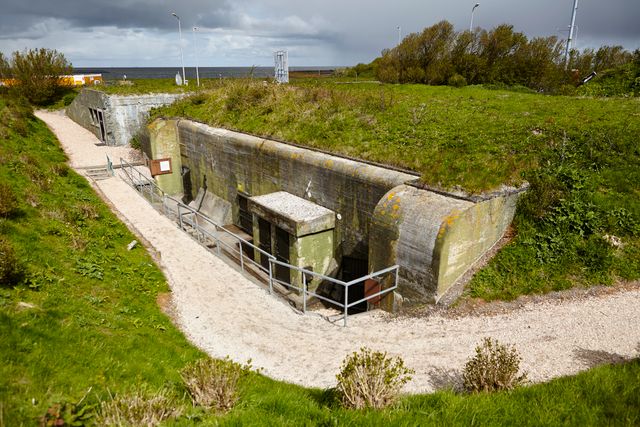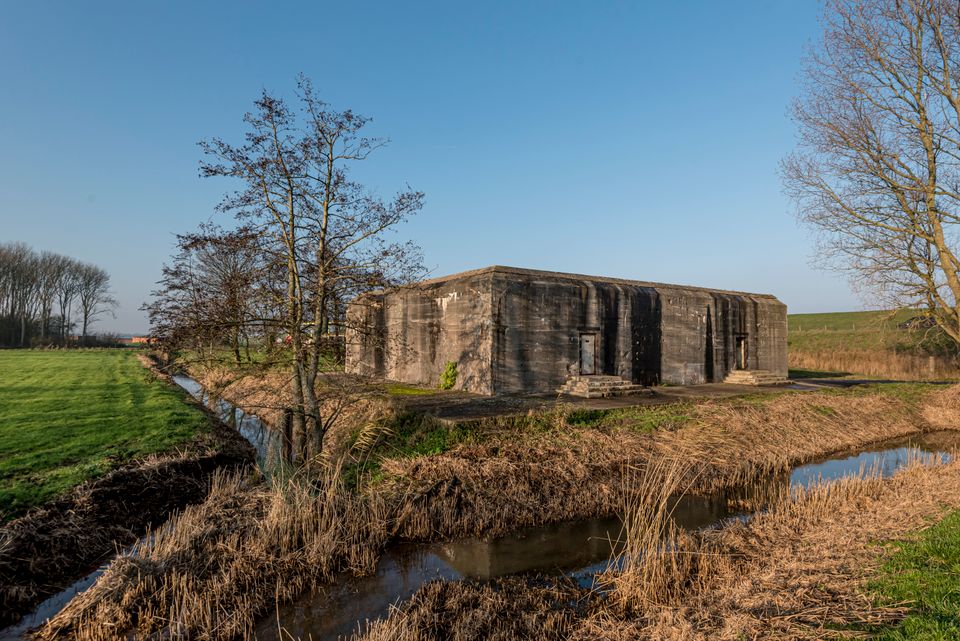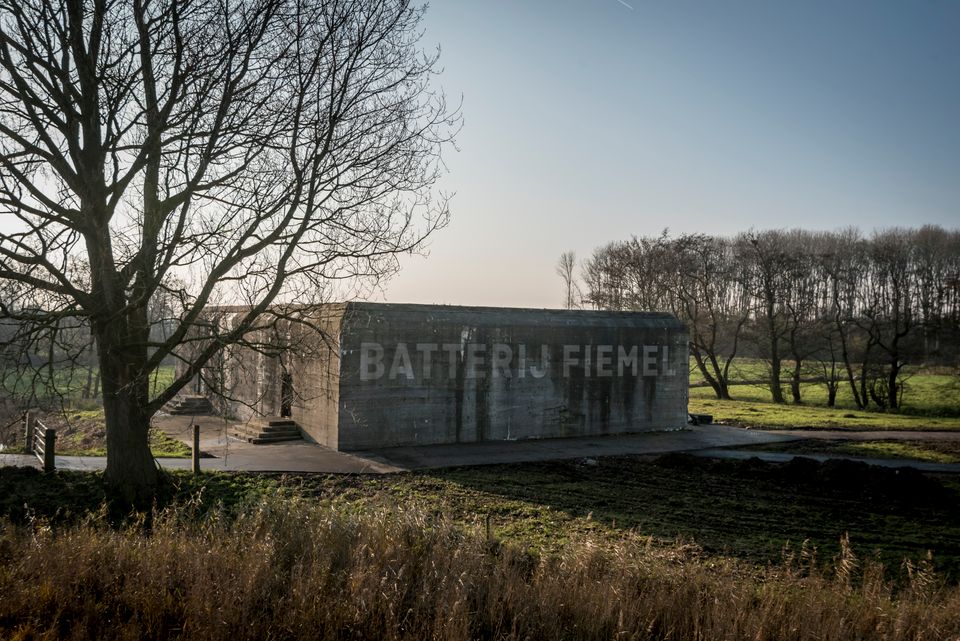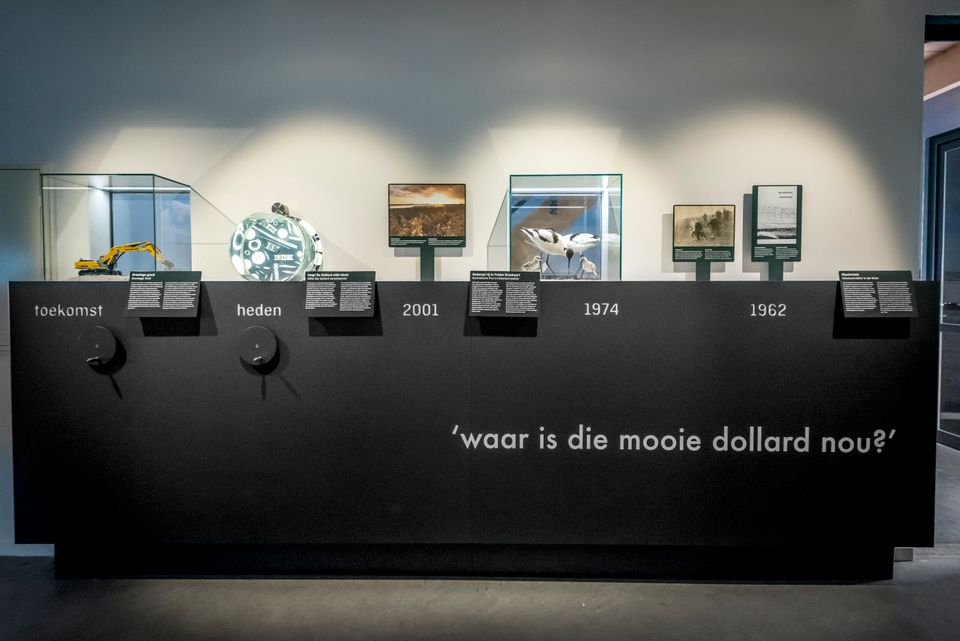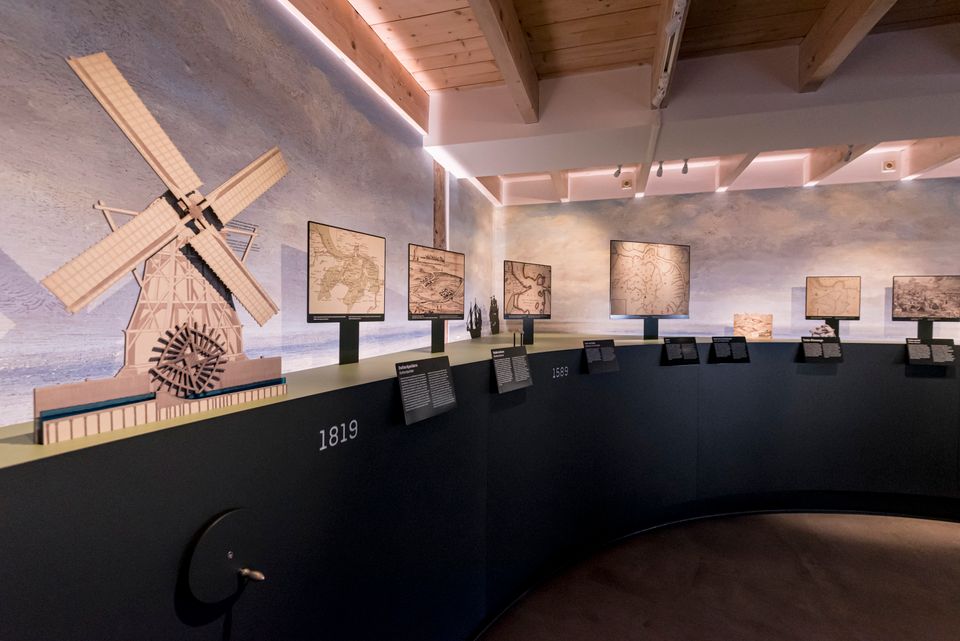The bunkers of the Atlantikwall
The pillboxes near Nansum, Delfzijl and Termunten formed part of Festung Emden during the Second World War. When the Canadians advanced to Delfzijl, they came under heavy fire from this artillery.
The pillboxes near Nansum, Delfzijl and Termunten formed part of Festung Emden during the Second World War. Emden is an important supply port for the Ruhr area for example, which is deep inland.
The anti-aircraft gun emplacements in and around the city provided protection for the port of Delfzijl and were also a way of fighting enemy fighter planes and bombers. The anti-aircraft artillery near Termunten and Nansum is the heaviest on Dutch soil.
After the Canadians had liberated the city of Groningen, they advanced to Delfzijl. The came under heavy fire from the artillery in Delfzijl, Nansum and Termunten. This was controlled by a look-out in the lighthouse of Uiteinde. It was raining grenades, mortars and phosphor bombs on the allied, but also on farms claiming many civilian casualties.
In the night from 23 to 24 April 1945, the Canadians attacked the lighthouse but failed. After that, the RAF bombed the tower successfully on 25 April. It still took a few more days before the Germans withdrew. In the night from 1 to 2 May, the Germans gave up their resistance. They disappeared silently to the other side of the Eems to continue the battle there.
The visitors centre of Groninger Landschap is the starting point for a number of routes along the visible and less visible remnants of the Atlantikwall. Experience these reminders of the war in different ways. A look-out in the visitors centre provides a view over the entire defensive position.
-
Discover the Military Heritage
Discover the Military Heritage

-
More stories
More stories
